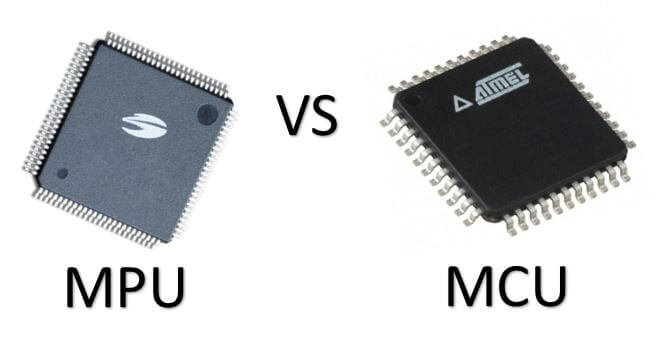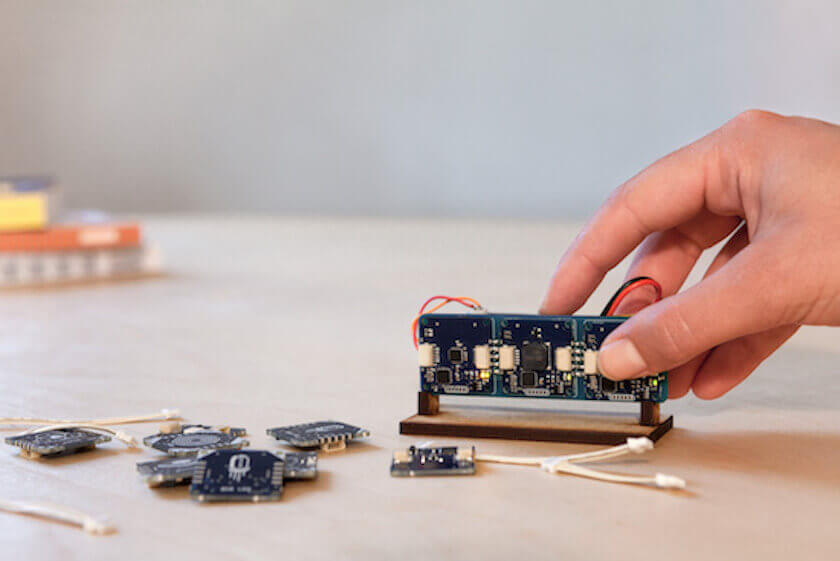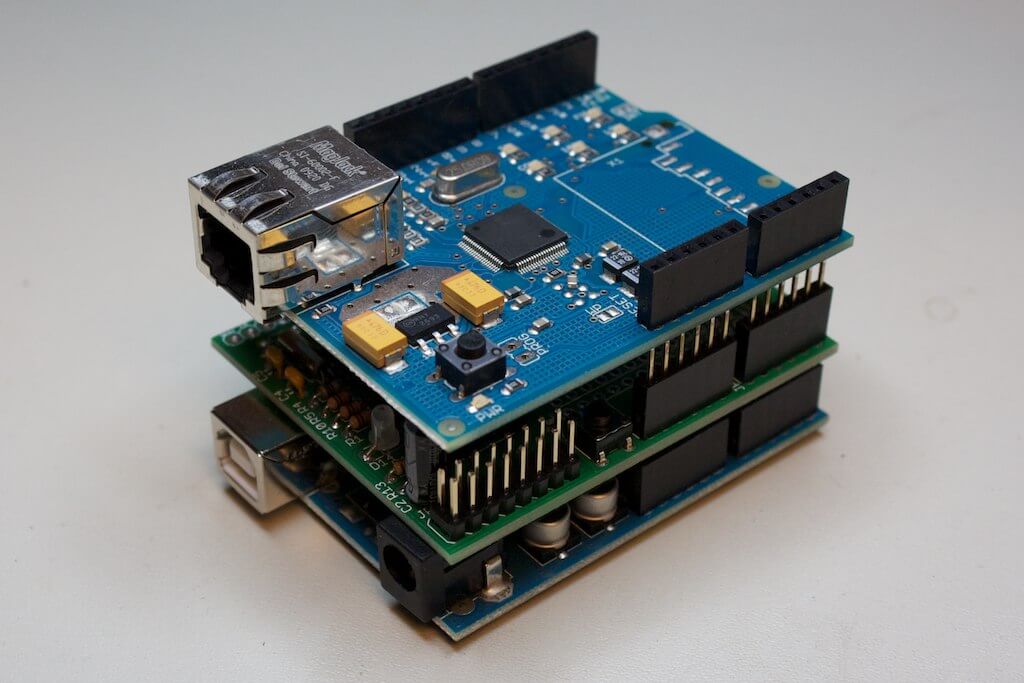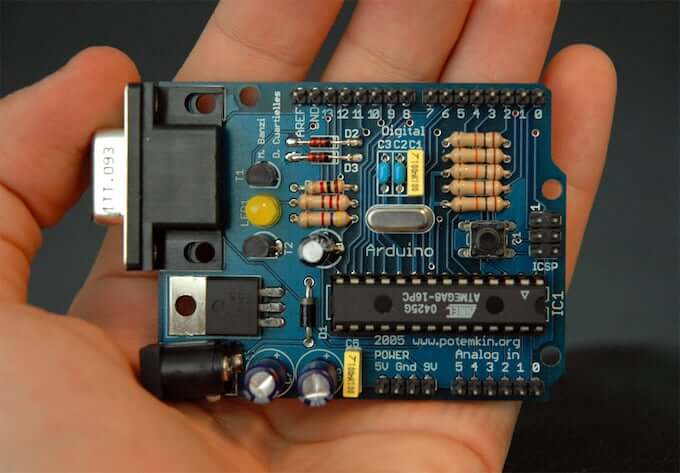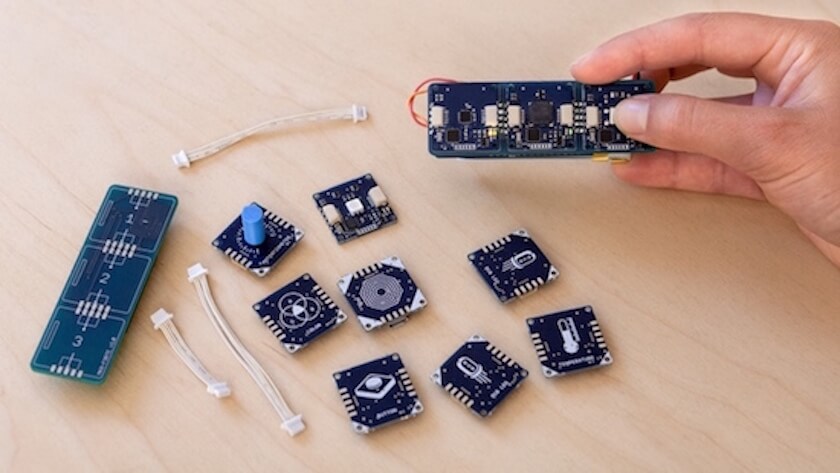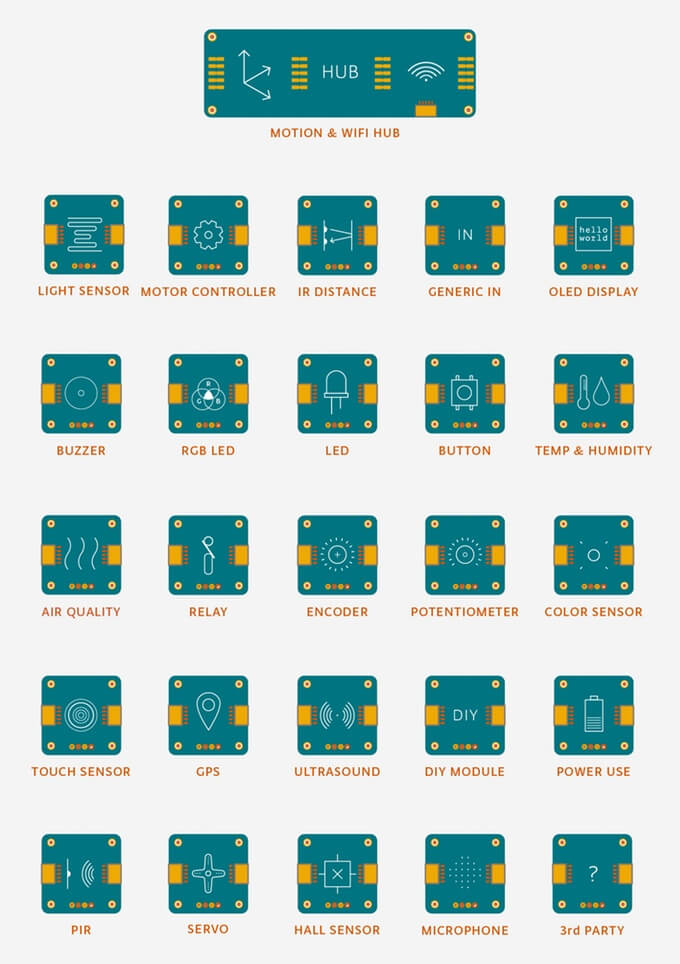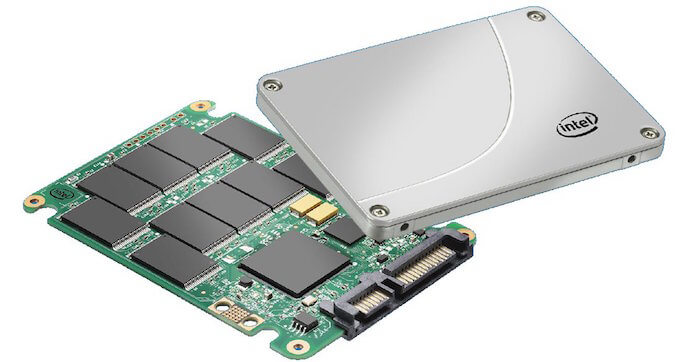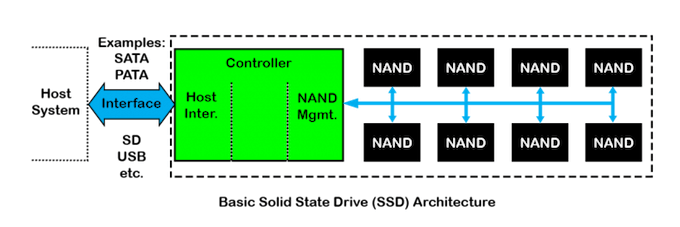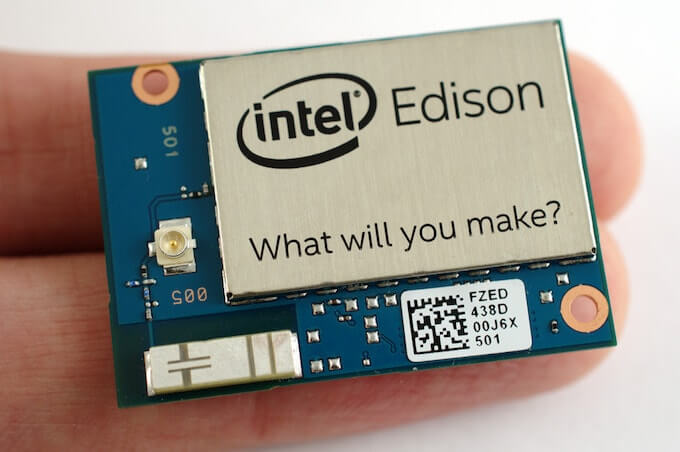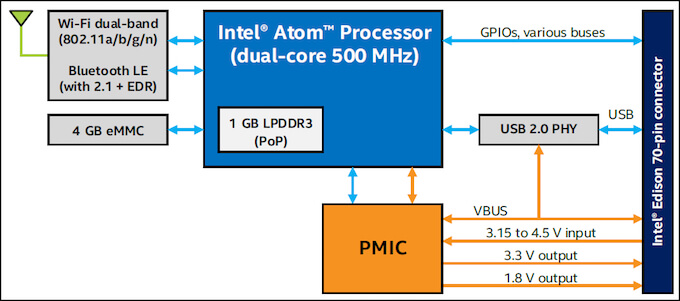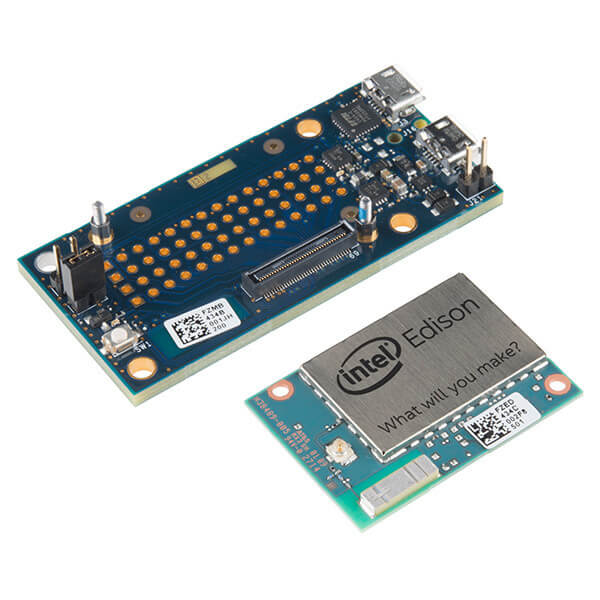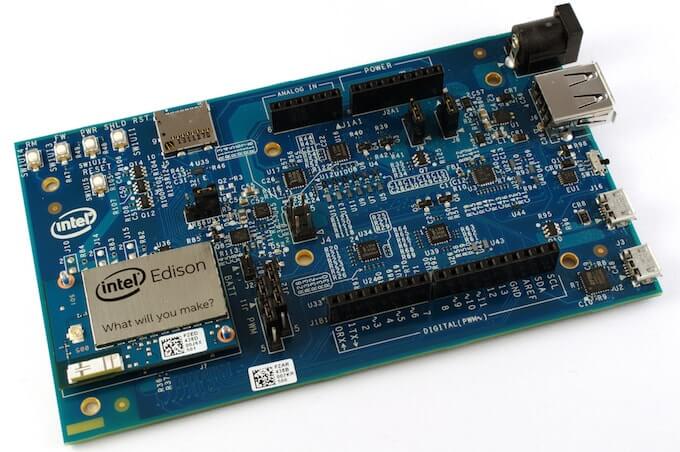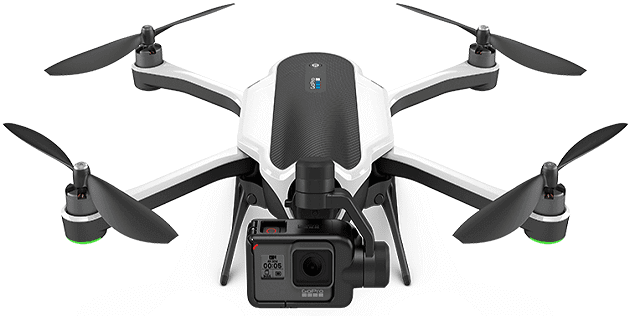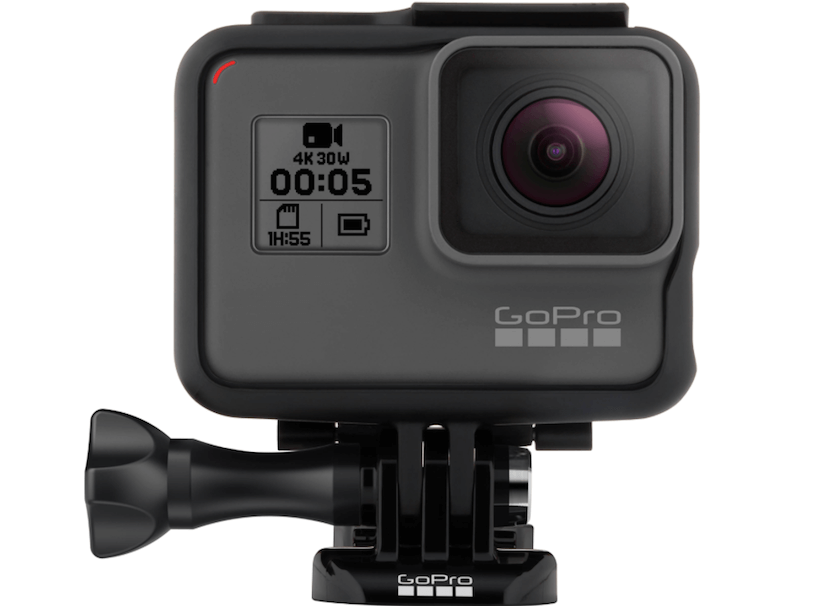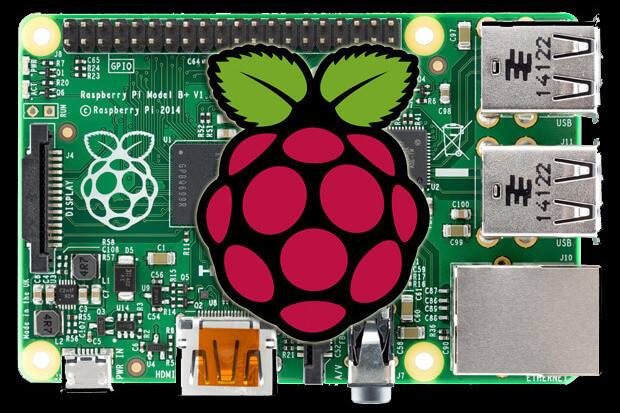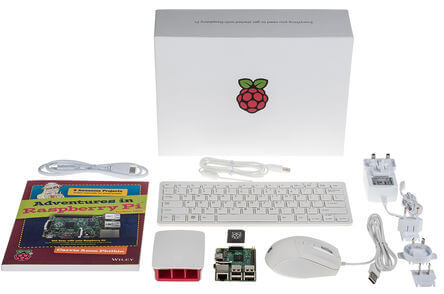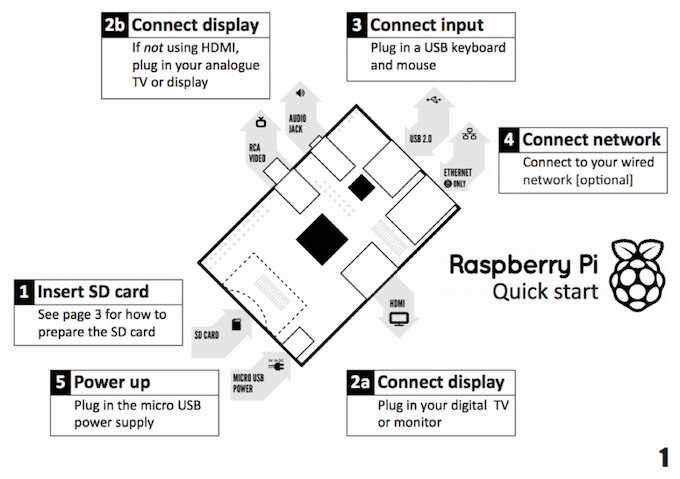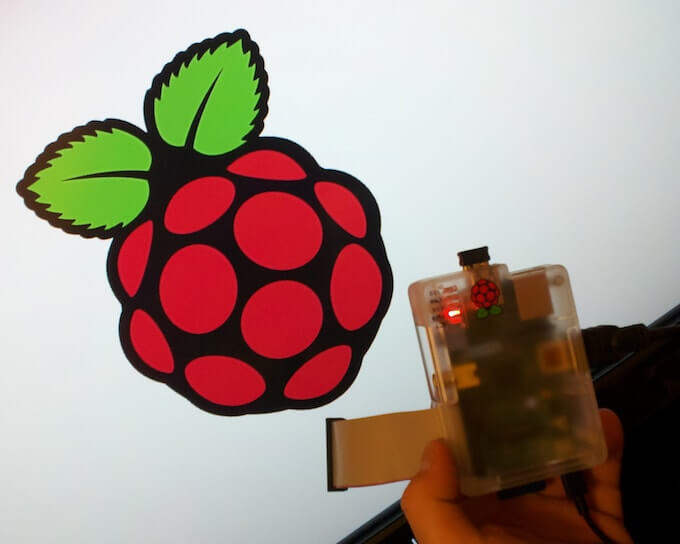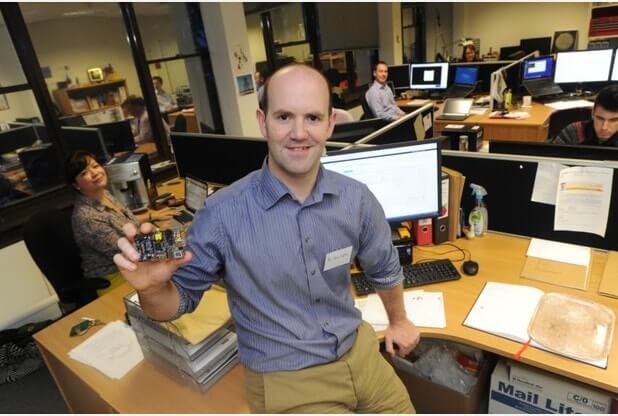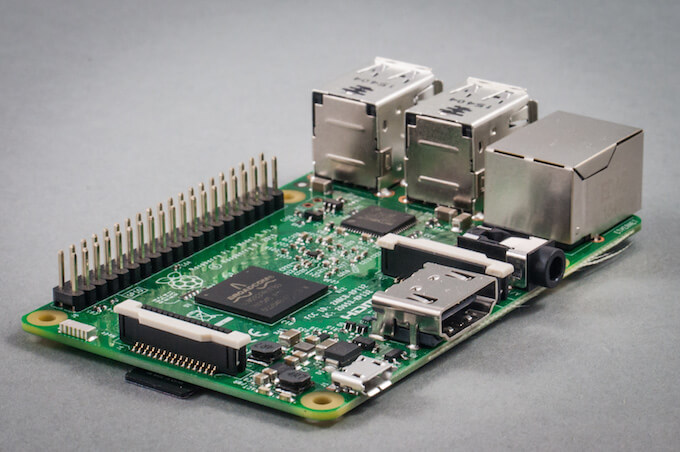Microprocessor and microcontroller are both designed to perform complicated operations with digital data. The main difference is a microprocessor is typically used as part of a larger computer system and a microcontroller is used alone as a small, self-contained computer system.
What is a Microprocessor?
A microprocessor is generally known as the “brain” of a computer. It consists of large number of transistors which function as switches. Using various combinations of these transistors, the microprocessor performs organizational tasks and math operations with data. A microprocessor is packaged as a single integrated circuit, and this requires a large number of external components to function, such as memory, timing circuits, and input / output devices.
What is a Microcontroller?
The micro-controller includes a processor similar in function to a microprocessor. However, a microcontroller IC also includes memory, timing circuits, power control circuits, and input / output connections. Because of the autonomous nature of a microcontroller requires only a few external components to be fully functional. Compared to microprocessors, microcontrollers are smaller in size and have fewer connector pins. In one of our articles, we have explained a lot more about the need of a microcontroller, check that out too.
Parameter Differences between Microprocessor and Microcontroller
Now you have already developed an understanding of how different these two terms are from each. However, its strange that even people who are working in the electronics field mess up with these words time to time. So, in order to make you well acquainted with the differences between microprocessor and microcontroller here’s a comparison of few important parameters.
Performance:
Despite the number of external components, a microprocessor is capable of high speeds and can handle, or process, a large amount of data at one time. Microprocessors operate in the gigahertz range. This means 1 billion processing cycles per second. This translates into millions of complex data operations every second. Some data – size, most current microprocessors are in 32-bit to 128-bit interval. Because of these results factors that microprocessors are mainly used in computers.
The self-containment of microcontrollers make them ideal choices for small electronic devices such as coffee machines and electronic toys. Generally, microcontrollers are pre-programmed when they are included or embedded in the electronic devices. Comparatively, most microcontrollers operates in the megahertz range. This means 1 million processing cycles per second. For data – size, most microcontrollers fall into 8-bit to 32-bit range.
Size
A microprocessor is often much larger than a microcontroller. A microprocessor typically has a width, length and height of about 30x30x3 mm. And a microcontroller typically has dimensions of about 7X7X3 mm.
Circuit
A microprocessor includes only the digital logic circuit. A microcontroller contains digital electronic circuits and analog circuits.
Speed
The microprocessors operate at a speed (clock frequency) much higher than a microcontroller. A typical microprocessor has a clock frequency of 1GHz, but a typical microcontroller has a clock frequency of only 20 MHz.
Price
Microprocessors are much more expensive than microcontrollers. A microprocessor average price is about $ 70.00. However, the microcontroller costs much less and has an average price of about $ 1.20.
Applications
A microprocessor is most often used for design of computers, such as laptops and desktops. But microcontrollers are most often used in the design of household appliances, automotive electronics and industrial control equipment.
Image Credits: TheEmbeddedGuy
